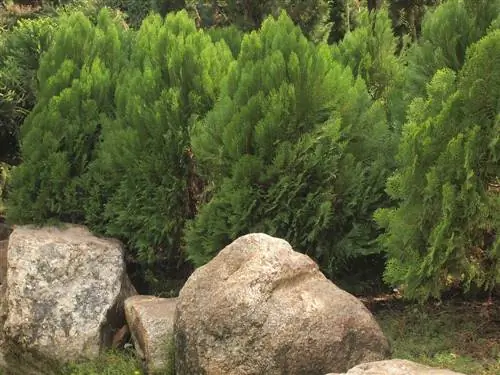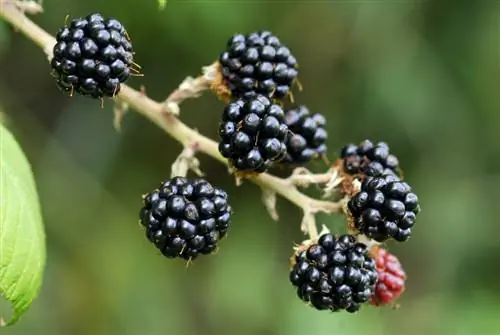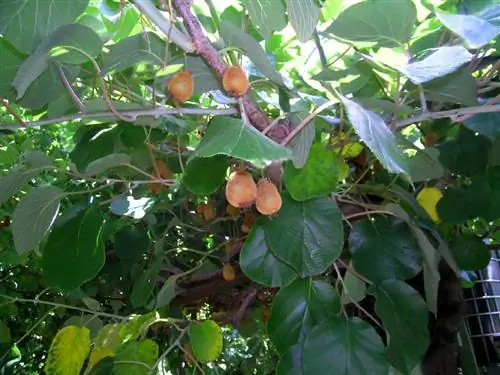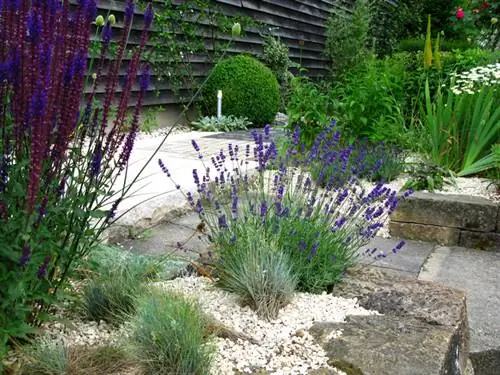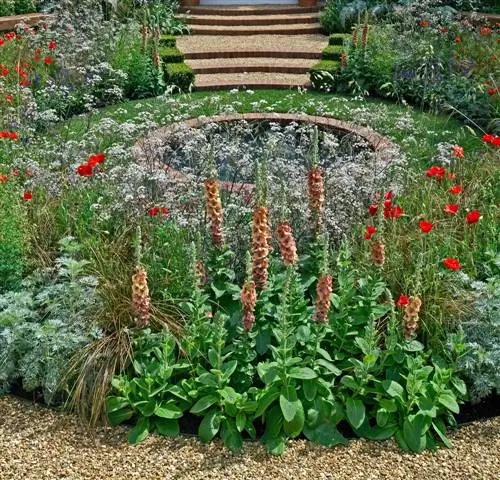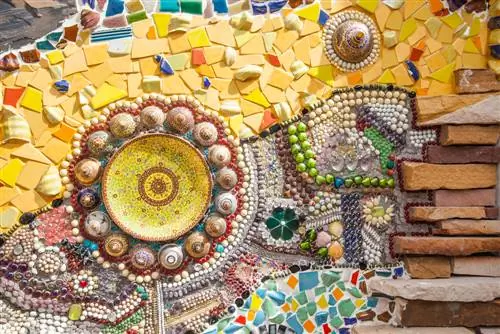- Author admin [email protected].
- Public 2023-12-16 16:46.
- Last modified 2025-06-01 06:02.
With your own forest garden, you have a cozy refuge on your doorstep that will make hearts beat faster across generations. In order for your gardening dream to come true, various criteria must be taken into account in advance. This guide explains what to look for when choosing trees and companion plants.
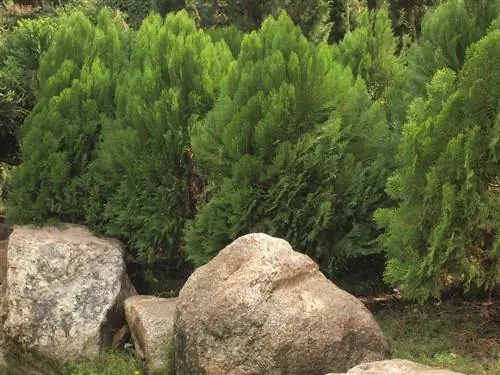
How can I create a forest garden?
To create a forest garden, choose trees and companion plants based on site preferences and soil conditions. Then design the garden in tiers with tall trees, medium-high and low trees as well as shade-tolerant plants on the ground. A seating area completes the forest garden.
Framework conditions mark boundaries in the design plan
Trees place just as specific demands on site qualities as perennials and flowers. Therefore, don't just choose tree species because you like the growth habit and foliage color. First, subject the garden soil to a close inspection so that your favorites feel comfortable and take root strongly. The following overview shows the different requirements of popular trees for the forest garden:
| Name | Type of tree | Growth height (cm) | Location preference |
|---|---|---|---|
| Oak (Quercus robur) | Deciduous tree | 2,500-3,500 | sunny, partially shaded, fresh to moist |
| Chestnut (Aesculus hippocastanum) | Deciduous tree | 2,500-3,000 | sunny, partially shaded, normal garden soil |
| Nordmann fir (Abies nordmanniana) | Conifer | 1,500-2,500 | sunny, partially shaded, nutrient-rich, moist |
| Pine (Pinus sylvestris) | Conifer | 1,000-3,000 | sunny, dry, slightly sour |
| White birch (Betula pendula) | Deciduous tree | 1,500-2,000 | sunny, dry, sandy to loamy |
| Blood maple (Acer platanoides) | Deciduous tree | 1,000-1,500 | sunny, partially shaded, moist, humic |
In order to design a small garden as a forest garden, tree nurseries offer beautiful dwarf varieties of every tree species. For example, the Japanese maple 'Beni komachi' remains at a height of 150 to 250 cm.
Companion plants complete the forest garden - design tips
The tiered arrangement is very popular in the creative design of a forest garden. Tall trees associate with medium-high and low trees. Ferns, foliage shrubs and other shade-tolerant plants thrive on the ground. A picturesque combination is created from oaks and rhododendrons, which have similar location requirements. At your feet lie hostas (Hosta), creeping wildflowers (Ajuga reptans) or shade-loving porcelain flowers (Saxifraga umbrosa).
A forest garden is not limited to perpetual twilight. As a transparent option, we recommend a combination of white-trunk birch trees, accompanied by lawn or moss areas and light gravel paths.
Tip
A cozy seating area rounds off the design of the forest garden wonderfully. To prevent resin from dripping onto furniture or sticking to shoes, a gazebo made of local wood is useful as a roof.

